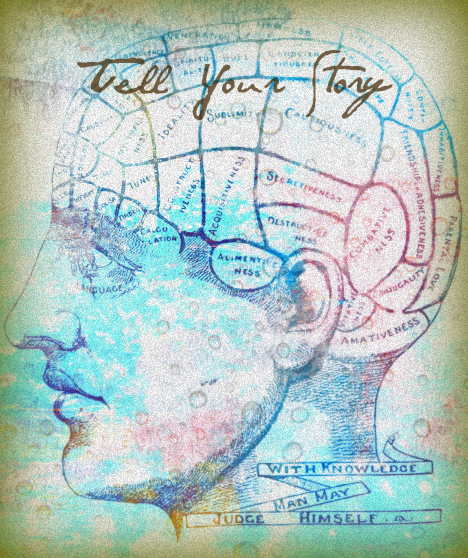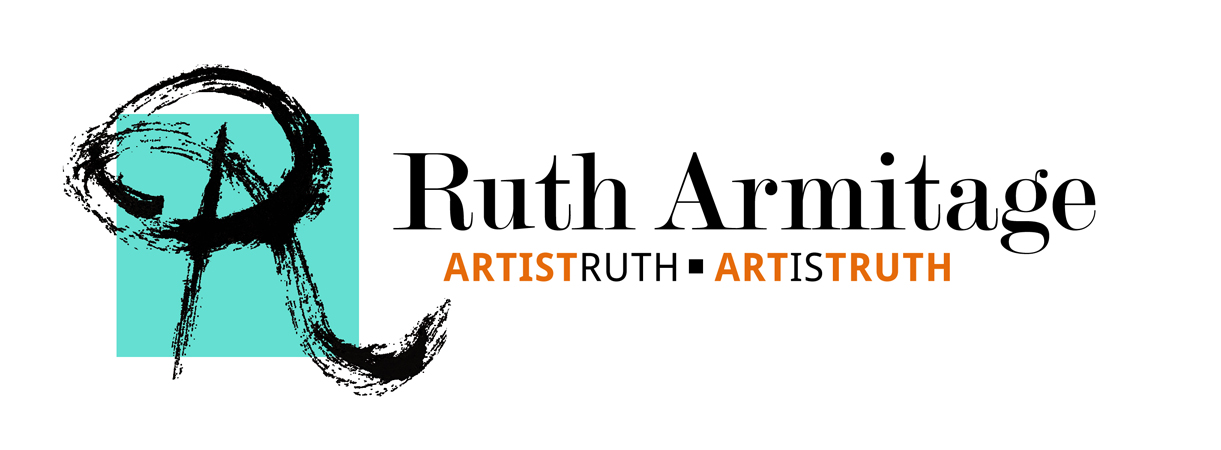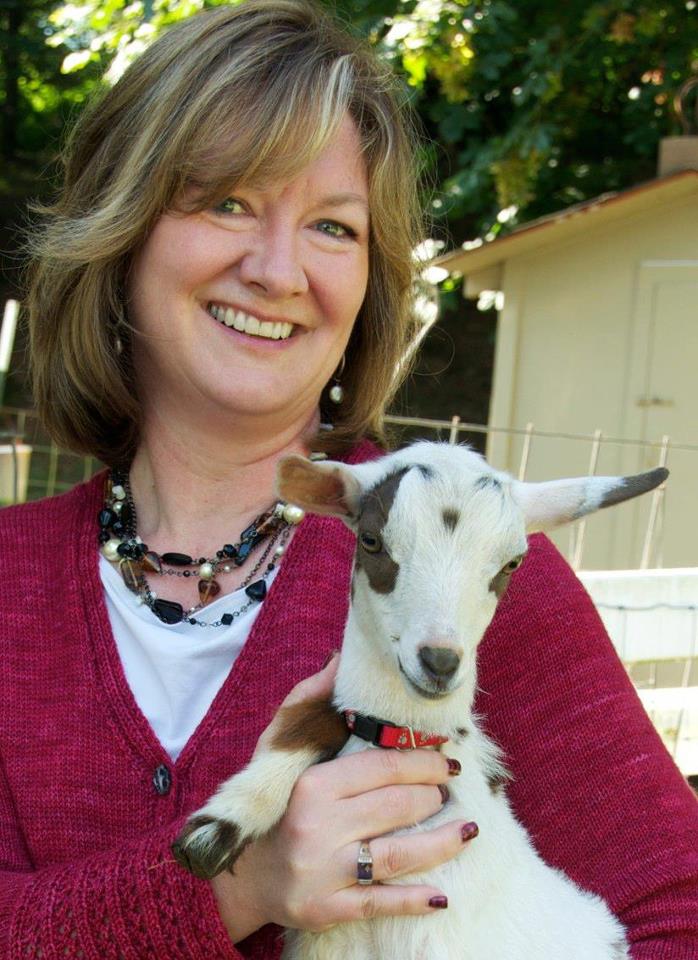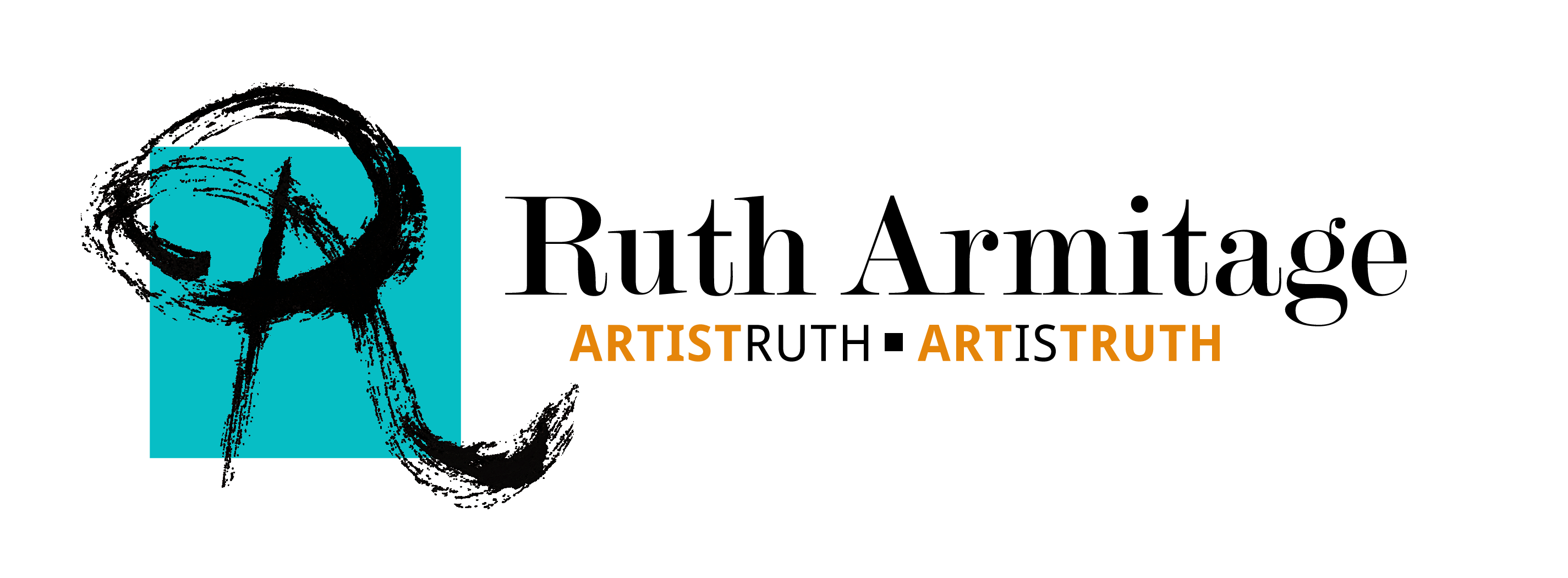
I’m packing and preparing to head to the Emerald Art Center for my Creative Sparks workshop this weekend. In gathering materials and getting mentally prepared for the class, I started to remember all the good things that happened in my last workshop. One woman told me at the end that it was the first time she’d ever felt sad upon leaving a class!
I started to think about how my artist talk at the Sitka Invitational last weekend was a kind of preparation for teaching too. In talking about my work, I told the story of what the piece means to me, how and why I created it. Thank you to those who attended!
In last weekend’s workshop, one of my loyal students who returns for many of my classes kept coming to a halt in the creative process, asking ‘what should I do next?’ I think this sort of question implies that there is one (correct) way to proceed in each step of the creative process, and if the artist chooses the wrong direction, the piece will fail. (not true!)
As often as I tell students that there are several choices, or that it depends on which direction they want the piece to go, the decision making often baffles them and they feel unsure.
In this particular instance, I simply asked my student to “Tell your story!” Instead of thinking along technical terms, I provoked her to return to the inspiration for her painting. We looked at the painting in process and discussed how each element related to the story she was trying to tell. Then I prompted her to finish the story by including the final element.
We’ve all heard stories told in different ways. Think about how news coverage varies from one major broadcaster to another. I prefer listening to news from Public Broadcasting, but some may prefer a more liberal or a more conservative viewpoint.
Similarly, artists can tell their stories with different emphasis each time, and the resulting paintings will appeal to different audiences. Think of Monet’s famous series of paintings about haystacks. Each tells of a different time of day. One painting may emphasize warm colors, another may emphasize cool colors, yet another might emphasize line or value.
What about you, artist readers? When you are stumped in the painting process, are you more likely to look at the technical aspects of painting like composition, balance, line etc.? Or are you more likely to return to the inspiration source for emotional or intellectual reassurance? Please share your experience.
Last minute registration is still open for my three day workshop. Click here for more information.



Your current post speaks to my own current way of thinking about my artmaking… to tell my own story in my work. It’s the most honest way I can think of to make art that matters, whether to me or to those who know me or who might want to know me.
Each of us has a history, one filled to the brim with stories that cry to be told, so find a way to tell it.
You and I have been using map imagery with paint, paper, line, form, even words. You paint the farmland that’s so familiar to you while I’m collaging with maps I’ve collected from places I’ve been. It’s an exciting way to work because it validates our own life in a way no one else could possibly do. There’s always a struggle to create works that speak with our own personal voice.
I see that so clearly in your present work. It’s landscape like no one else’s landscape. Honest. Valid. Resonating. Riveting. Beautiful.
Your comment means the world to me, Jo 🙂 Thank you!
Thank you, Ruth. I never thought of my art in this way.
“Tell Your Story” resonates with me. I was trying to tell a story in my last illustrative painting, “Lunch at Mildred’s” about members of my family as guests of a Mayan’s school girl her mother and grandmother’s dwelling in Guatamala. The women of the family were weavers and the men worked in the corn fields. The painting was about the graciousness and values of our hostess, Mildred as an artist at life in a land of frequent earthquakes and volcanic eruptions. I had to do the painting mostly from memory because out of respect to the Mayan’s I took only two picturesonly with their permission.
Over a period of three months of intensive work on painting eleven people around a table, the painting never looked overworked because every addition to the painting answered the question, ” Does this change tell the story?”
Hi Diane,
Thanks for reading and commenting. Sounds like an inspiring painting! When we are clear on the story we want to tell, it makes the painting more powerful, doesn’t it?
Good one Ruth. Chiming in here, I think I do both. I first take my inspiration as far as it takes me and then I work on the mechanics. Sometimes I think I’m doing battle. And I fight and struggle with the piece but I notice it more with large pieces, so much more area to cover and desisions to make. I sometimes look backwards in the mirror at it like having another pair of eyes and if that doesn’t nail it, I go back to my inspiration and suss out the missing elements.
I love what your student said about being sad to leave your workshop. What a wonderful compliment.
Best wishes this weekend.
Thanks for adding to the discussion, Paula 🙂 I go back and forth myself. Often when I am in a quandry though, I try to get back to the inspiration.